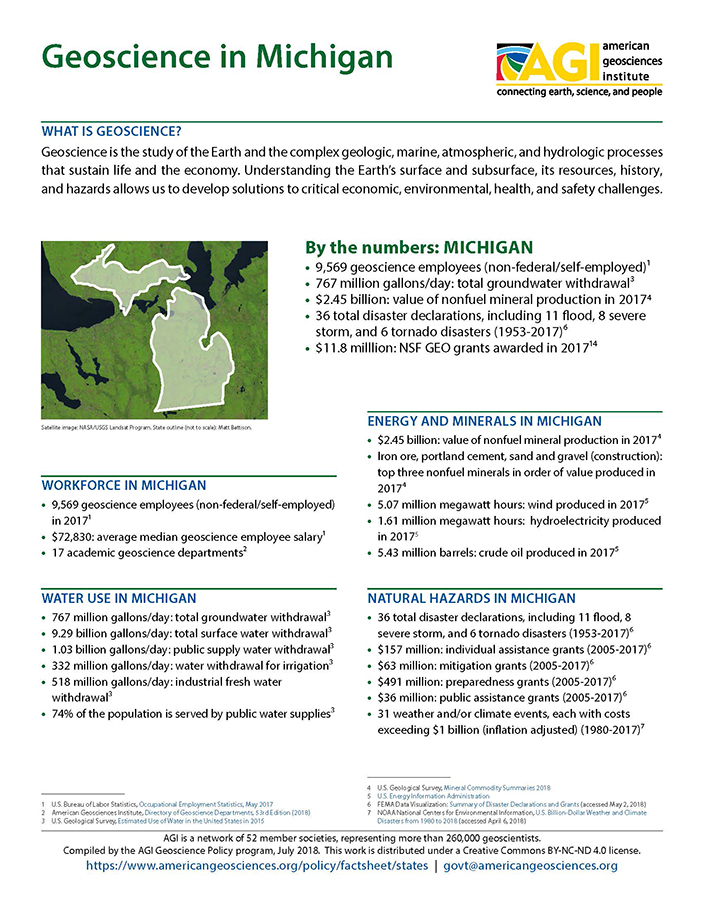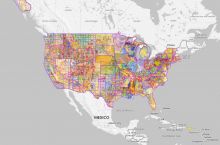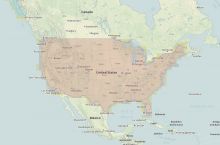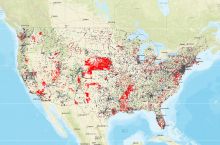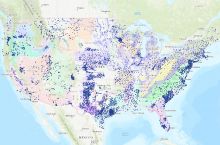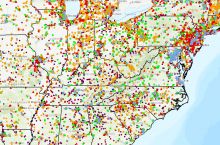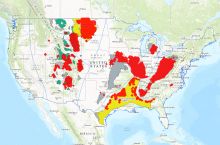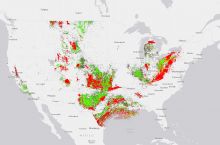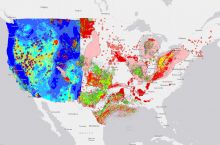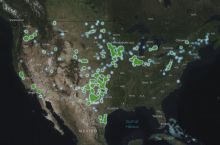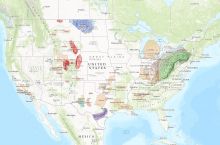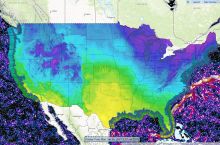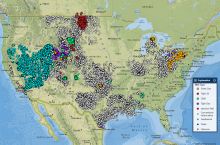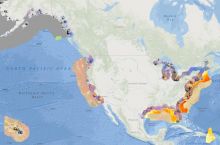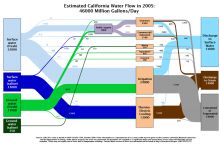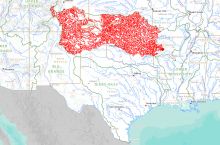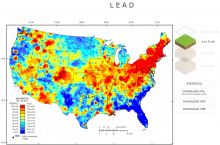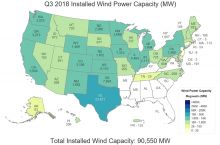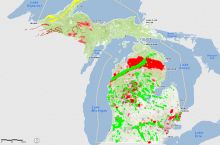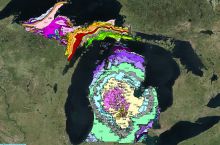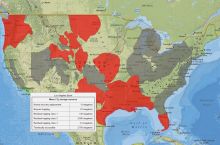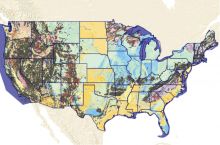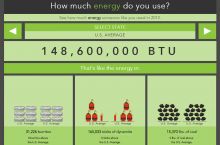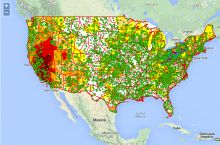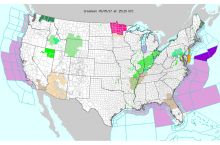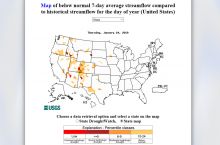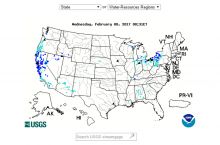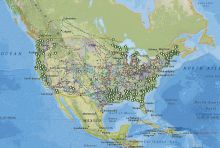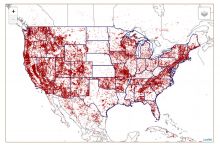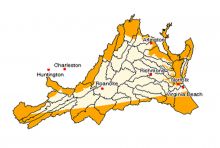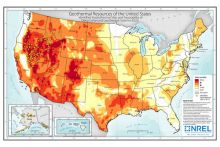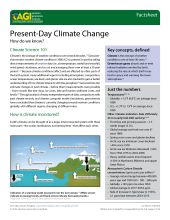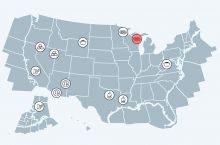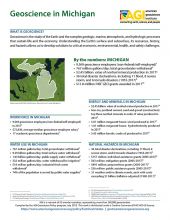By the numbers: Michigan
- 9,569 geoscience employees (excludes self-employed)1
- 767 million gallons/day: total groundwater withdrawal3
- $2.45 billion: value of nonfuel mineral production in 20174
- 36 total disaster declarations, including 11 flood, 8 severe storm, and 6 tornado disasters (1953-2017)6
- $11.8 milllion: NSF GEO grants awarded in 2017...
Agencies Working on Geoscience Issues in michigan
The Department of Environment, Great Lakes, and Energy's mission is to protect Michigan’s environment and public health by managing air, water, land, and energy resources.
The mission of the Michigan Geological Survey is to facilitate basic and applied geological research to promote the best use of Michigan's geological resources for their social and economic benefits while protecting associated resource values and the environment.
The Office of the Great Lakes was created by the Michigan Legislature in 1985 under the Great Lakes Protection Act. It presently houses the Areas of Concern Program, Coastal Management Program, and the Great Lakes Coordination Program. The Michigan Office of the Great Lakes is a leader in Great Lakes policy development and strategic program implementation to protect, restore, and sustain the Great Lakes watershed. The OGL collaborates with partner organizations to support sustainable use of coastal resources, coordinate restoration of severely degraded areas, manage water quality and quantity, prevent aquatic invasive species, and engage in emerging policy issues. The OGL provides advice and assistance to the Governor’s Office and other state offices.
The Michigan State Police, Emergency Management and Homeland Security Division (MSP/EMHSD) is responsible for coordinating state and federal resources to assist local government in response and relief activities in the event of an emergency or disaster. The division also coordinates homeland security initiatives and various federal grants.

